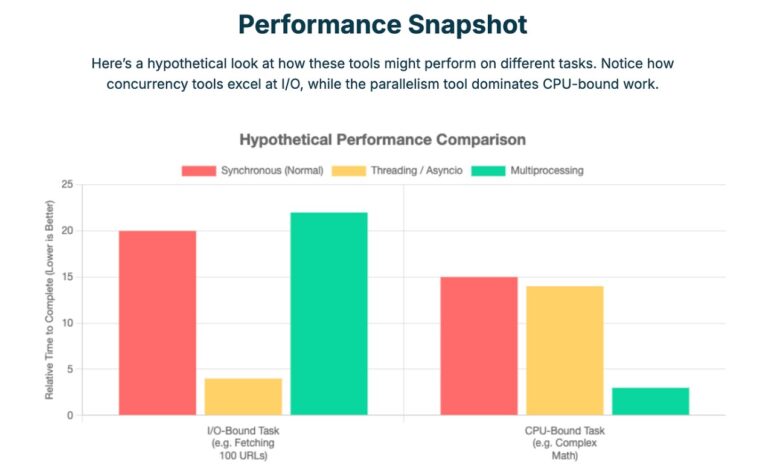Imagine a busy intersection without traffic lights. Cars rush from every direction, and chaos quickly takes over. Now picture the same intersection with well-timed signals that guide movement. Some vehicles pause, others advance, and everyone eventually gets through safely. Locks in computing work the same way—regulating access so processes don’t collide. But just like traffic lights, poorly timed or excessive locks can cause bottlenecks and frustration.
The Purpose of Locks
Locks are designed to ensure that when multiple processes or threads try to access the same resource, they don’t step on each other’s toes. A lock acts as a gatekeeper, giving one process control until it’s safe for another to proceed.
Students who begin learning about concurrency during a data analyst course in Pune often encounter locks as their first introduction to system-level coordination. The metaphor of a single key to a shared storeroom illustrates how vital locks are to protecting data integrity.
When Locks Become Bottlenecks
Although locks prevent chaos, they can also slow things down. Imagine if the traffic lights at our intersection stayed red for too long. Cars would back up, and the whole system would grind to a halt. In computing, overuse of locks—or holding them longer than necessary—can create similar gridlock, leading to performance degradation.
For learners diving deeper into concurrency while pursuing a data analyst course, this trade-off becomes clear. Locks provide safety, but efficiency depends on designing them carefully so resources remain available without creating endless queues.
Deadlocks: The Gridlock Scenario
Deadlocks are the nightmare version of traffic jams—cars face each other from all sides, but no one can move forward. In computing, deadlocks occur when processes each hold a lock and wait indefinitely for the other to release theirs.
This standoff highlights the importance of strategies like lock ordering, timeouts, or detection algorithms. Understanding deadlocks equips future analysts and developers to build systems that avoid getting stuck in these costly impasses.
Strategies for Smarter Locking:
Efficient locking is about balance. Using lightweight locks, reducing the scope of critical sections, and leveraging concurrency-safe data structures are some ways to keep systems running smoothly. It’s less about avoiding locks entirely and more about knowing when and how to apply them.
Students in advanced modules of a data analysis course in Pune often practice optimising these strategies in projects. By testing performance under different locking scenarios, they learn how thoughtful design can transform system responsiveness.
Conclusion:
Locks are the silent orchestrators of concurrency. They keep systems from collapsing into chaos, but can also introduce inefficiencies if not used wisely. Like traffic signals at a busy junction, their value lies in timing, scope, and balance.
By understanding the mechanics of data analytics course locks, their pitfalls, and the strategies for effective implementation, professionals gain the ability to build systems that are both safe and swift. For learners, mastering locking principles provides an essential step toward appreciating how the smallest design choices ripple into system-wide performance.
Business Name: ExcelR – Data Science, Data Analyst Course Training
Address: 1st Floor, East Court Phoenix Market City, F-02, Clover Park, Viman Nagar, Pune, Maharashtra 411014
Phone Number: 096997 53213
Email Id: enquiry@excelr.com

